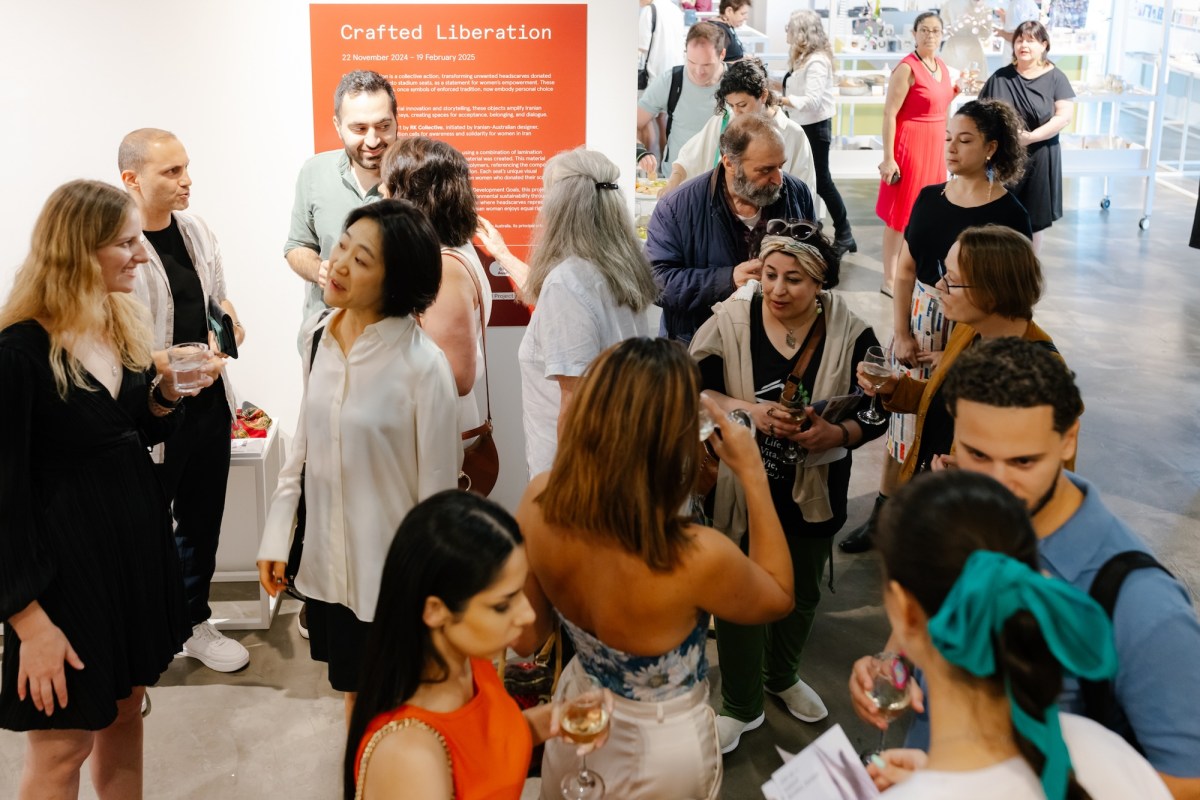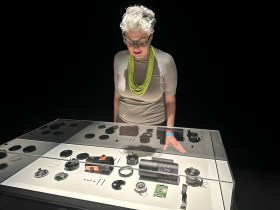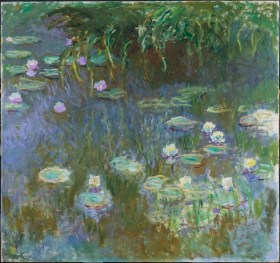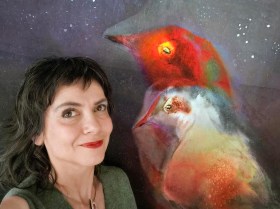Late last week (Thursday 19 June), the Australian Design Centre (ADC) broke the news that both Federal and State governments, through Creative Australia and Create NSW, had chosen not to support the 61-year-old organisation with four-year operational funding.
Lisa Cahill, CEO and Artistic Director ADC, tells ArtsHub: “This means that from 2026 ADC will no longer have the $500,000 in base level funding needed to support annual operations.”
That $500,000 has been flat lined for the past decade, and while Creative Australia (CA) funding is indexed, Create NSW funding is not, adding to the pressure with rising costs of staffing, services and general expenses.
When asked the difficult question whether this cut could mean the closure of ADC, she replies: “It’s very real. Essentially, the doors could close with the year’s end.
“Operating under incredible pressure to perform with inadequate resources, an organisation can only push well above its weight for so long,” adds Cahill.
Jump to:
How real is the possibility of closure?
Cahill assures ArtsHub that its 2025 programming – including two exhibitions that are currently touring nationally – will be delivered. She adds: “We’re not cutting anything out of this year’s program,” including staff.
The CEO says that Sydney Craft Week Festival (10-19 October) – a flagship event of ADC – will go ahead as planned in 2025, pending funding support from the City of Sydney Council, which meets next Monday (30 June).
Cahill says that she feels optimistic for a positive outcome, adding that ADC enjoys a good relationship with the city, which provides the organisation’s premises rent free.
The ADC, however, is programmed out to the end of 2026. “Unless our fortunes change between now and the end of November, we really won’t be able to deliver next year,” says Cahill.
Outcome illustrates flaws in funding system

The ADC is not alone in missing out on the recently announced four-year funding round by Create NSW. Indeed, Museum and Galleries of NSW (MGNSW) and the Regional Arts Development Offices (RDOs) have also expressed concern to ArtsHub over the lack of stable funding delivered, putting immense pressure on the sector.
Cahill explains: “From my research, in the four-year funding from Creative Australia, not one visual arts organisation in New South Wales was funded. And now with us being not funded, we are the only state and territory in Australia that does not have a government funded craft and design organisation.”
While we know funding is tight across the board at the moment – and being reduced – the protracted application and notification process is further shackling organisations.
ADC has effectively been in limbo since the end of 2023, when it heard from Creative Australia it had missed out, to Easter this year when Create NSW delivered a similar decision. This is despite recommendations from peer assessors to be funded at both a state and federal level.
In 2023, Creative Australia advised ADC that it was not going to invite the organisation to apply for VACS (Visual Arts and Craft Strategy) funding, which it had always received, and would have to apply under the four-year funding. Cahill says she was advised at the time by Creative Australia that ADC, “would be all right in the four-year pool”.
It wasn’t. So, come 2024 – like other organisations – it had to start conversations to find a way to fill the gap.
“We started the journey with Create NSW in the first half of last year (2024), when our four-year funding application with Creative Australia was unsuccessful. We went to Create NSW to say ‘we’re going to need more support from the state government’. But we couldn’t apply for eight-year funding [with Create NSW] because we were under the threshold. So we applied for the maximum of $600,000, explaining we needed that uplift because we’d lost federal funding, but also because $300,000 for a decade has just eroded year-on-year with the increase in costs and so on.
“We found out at 4.45pm on the Thursday before Easter, and it was embargoed for six weeks,” Cahill tells ArtsHub. On top of hearing the news, the organisation’s hands were shackled, unable to start working towards refunding or having funding conversations due to the embargo.
“Did you know, in NSW it’s an offence to break an embargo about a government funding decision?” asks Cahill.
This kind of uncertainty not only leads to personal and organisational burnout, but is counter to the very notion of stability that four-year funding is all about in shoring up the sector’s ecology.
Cahill says that, like similar small to medium organisations that missed out on this round of four-year funding, the ADC has been pushed into applying for Create NSW two-year funding, making it ever more competitive. This funding round is due to be announced in September.
It has a maximum of $200,000 per annum, which, even if successful, means operating on a shortfall of $300,000.
Read: Australian arts and humanities education is being slashed everywhere – what’s at stake?
How a village can save an organisation
Within days of the news, ADC pivoted with an interesting campaign. Rather than just a call to pressure government, it took a three-pronged approach:
- to encourage the sector to write to its local members and the arts ministers
- to invite suggestions for collaboration, new partnerships or even a potential acquisition, or part acquisition, of the organisation, and
- to encourage its social media followers – which number in excess of 30,000 – to each donate $100 to potentially secure the next five years of operational funding.
Cahill explains to ArtsHub: “Imagine if each of our 30,000 social media followers gave us a $100 tax deductible donation, then we’d have $3 million, which would be enough to fund us for five years.”
She continues, “I think it’s a very effective tool. We don’t have the connections in traditional media to enable us to get column inches in broadsheets … if there are any broadsheets anymore. So, we have to turn to social media to speak about the work that we do.”
Of the call-out for partnerships or acquisition, Cahill explains: “We certainly don’t have the resources to invite consultants to come and help us reimagine the future, so we’re asking the community to help us imagine the future. It could be collaborations that we haven’t thought of. It could be mergers. It could be partner organisations picking up some of the work that we do and continuing it into the future under their own umbrella.”
What about process burnout?
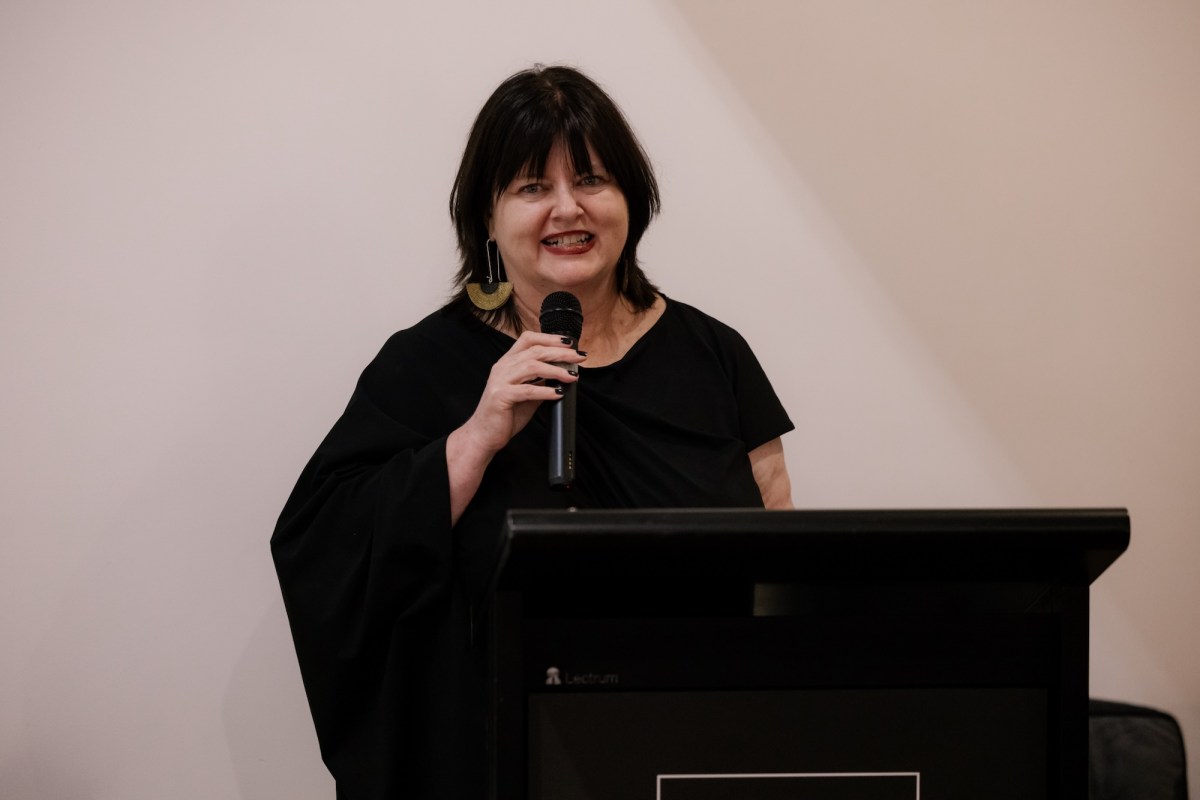
That constant ask and rejection takes its toll. Cahill says the most difficult part is not the never-ending sea of paperwork, but that lack of understanding more broadly.
“I think the most difficult thing to grapple with is when people say, ‘What about Westpac? They’ve got lots of money.’ Well, do you know anybody in Westpac who can make those decisions?
“That’s the most frustrating thing as a director of a small to medium organisation, who is constantly asked, ‘What about a bank? What about an airline? What about this? What about that?’ They just look at corporate Australia and think there’s lots of money there, but corporate Australia doesn’t want to support a small to medium organisation in NSW. And it’s not flashy in that respect; it’s not good use of their sponsorship funds.
“I refuse to waste time going after sponsorship like that. So, burnout can be bad if you follow every comment that is thrown at you.”
Reflecting on the state of affairs, Cahill concludes: “It’s not the amount; it’s the affirmation and the validation that what you’re doing is actually important to a creative society. Not everybody wants to wear a rock band T-shirt and go to a festival. We have become very festival focused at the cost of small to medium organisations.”
How to lend your muscle
You can voice your concerns about the impact of these government funding decisions and write directly to:
John Graham MLC Minister for the Arts (NSW) [email protected]
Cc: Alex Greenwich MP Member for Sydney [email protected]
Tony Burke MP Minister for the Arts (Australia) [email protected]
Cc: Allegra Spender MP, Member for Wentworth [email protected]
Note: Since publishing, the City of Sydney confirmed funding of $40,000 to secure the delivery of Sydney Craft Week for two years

